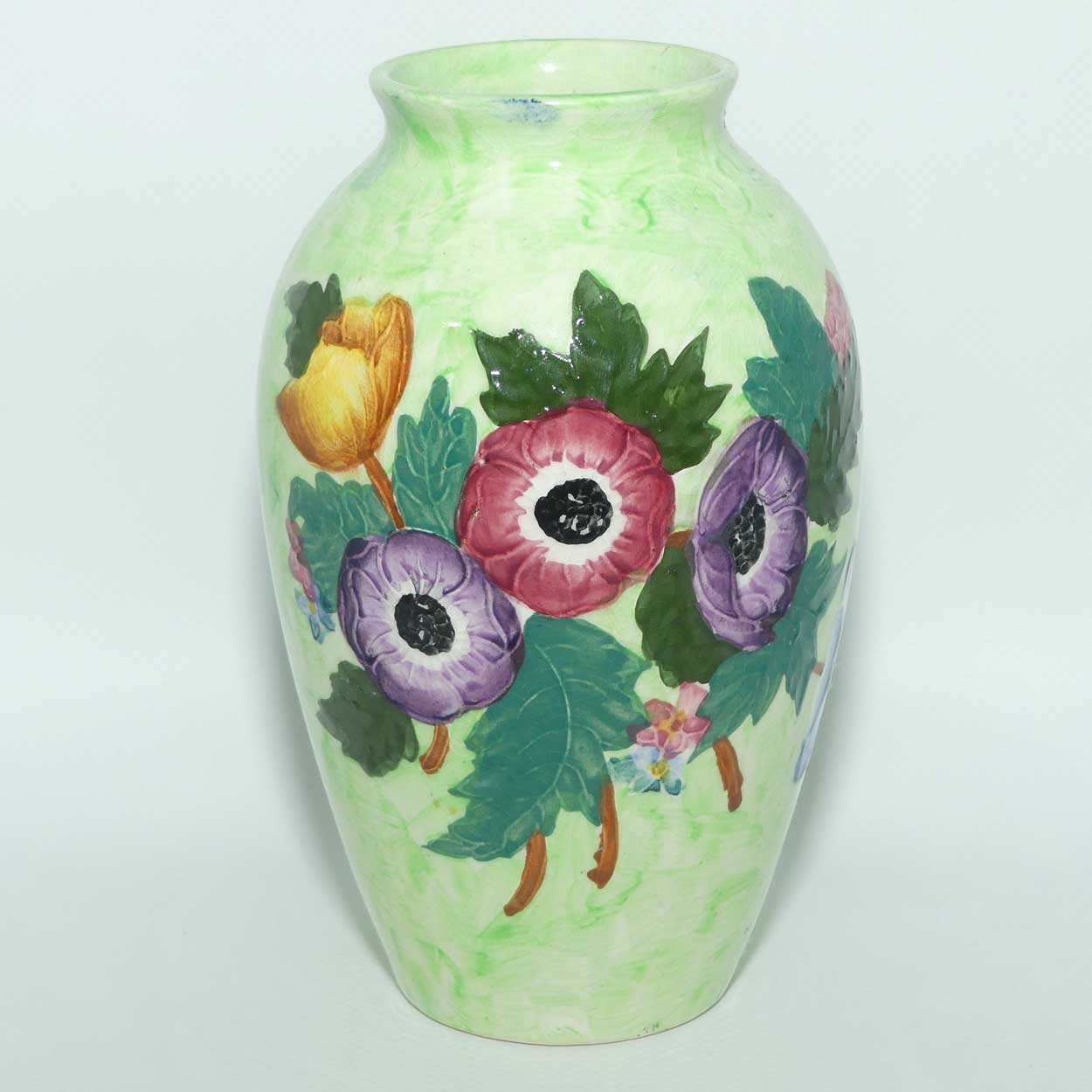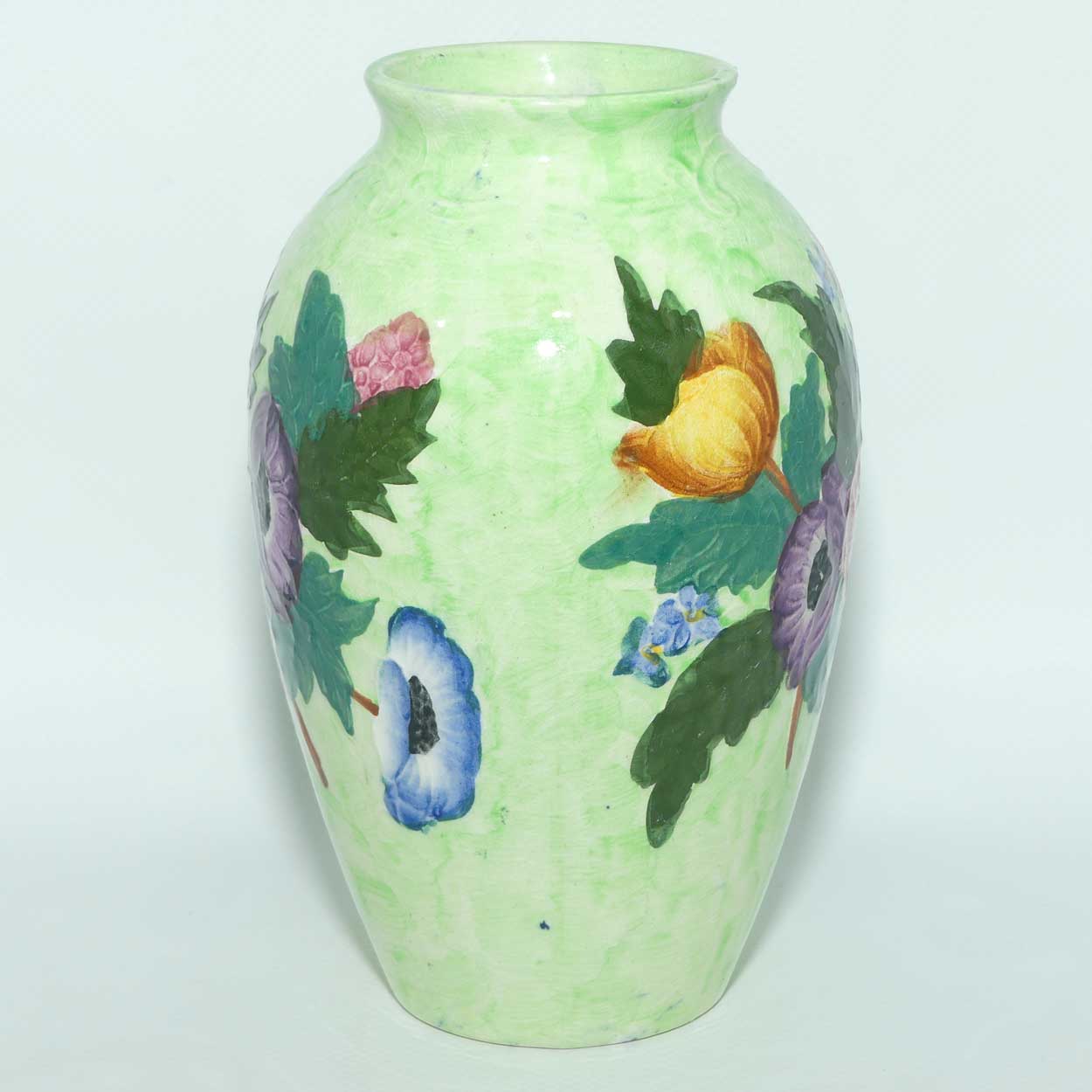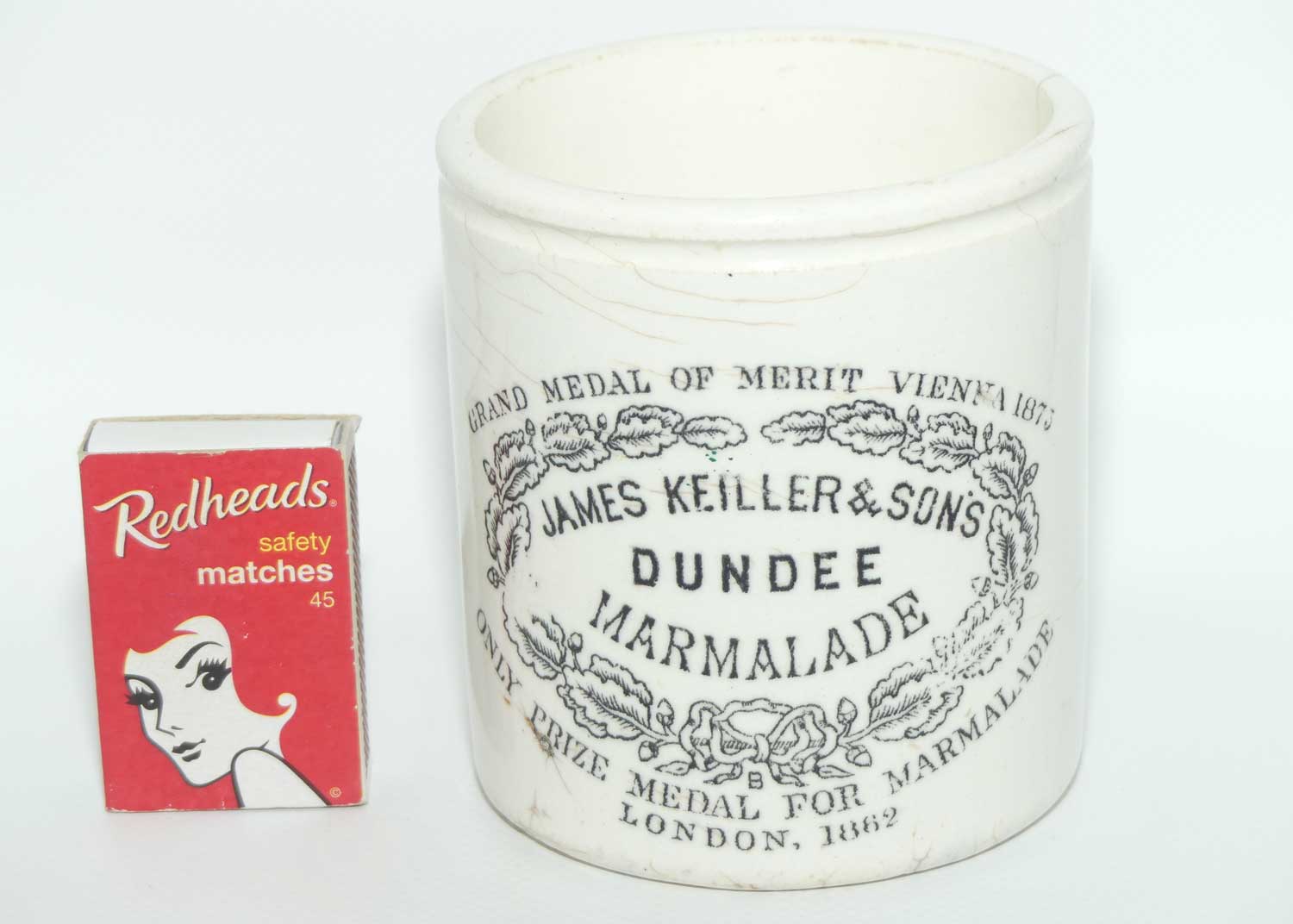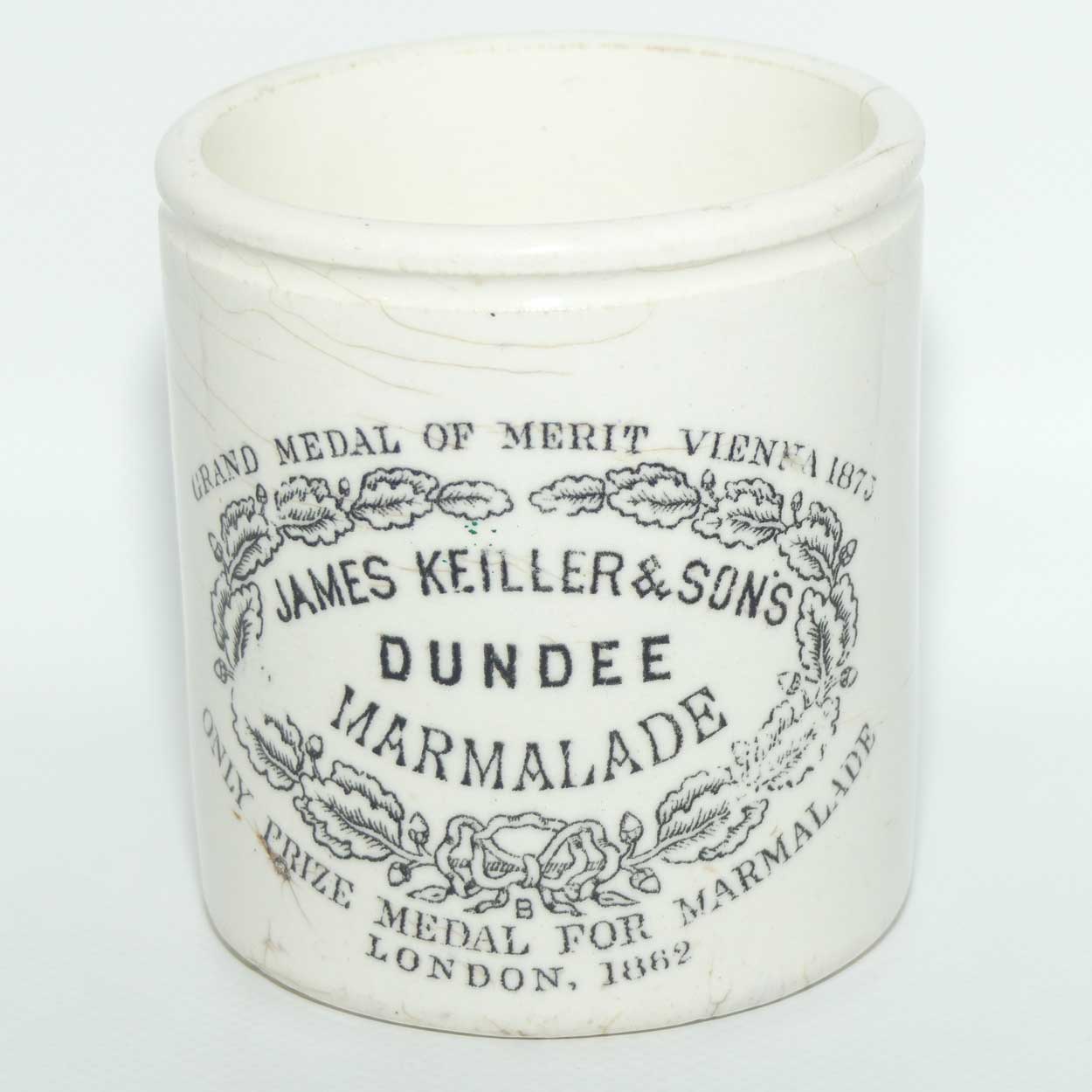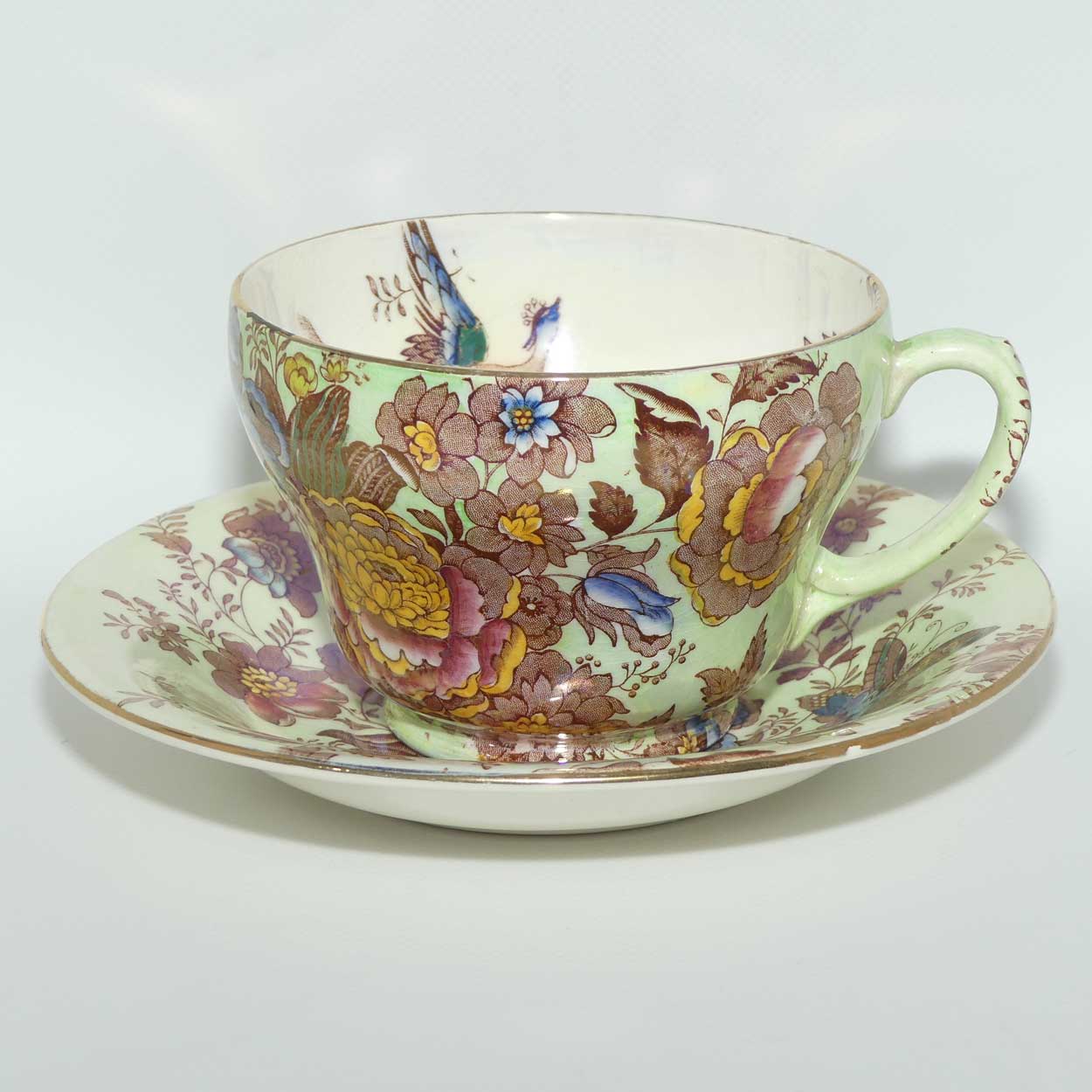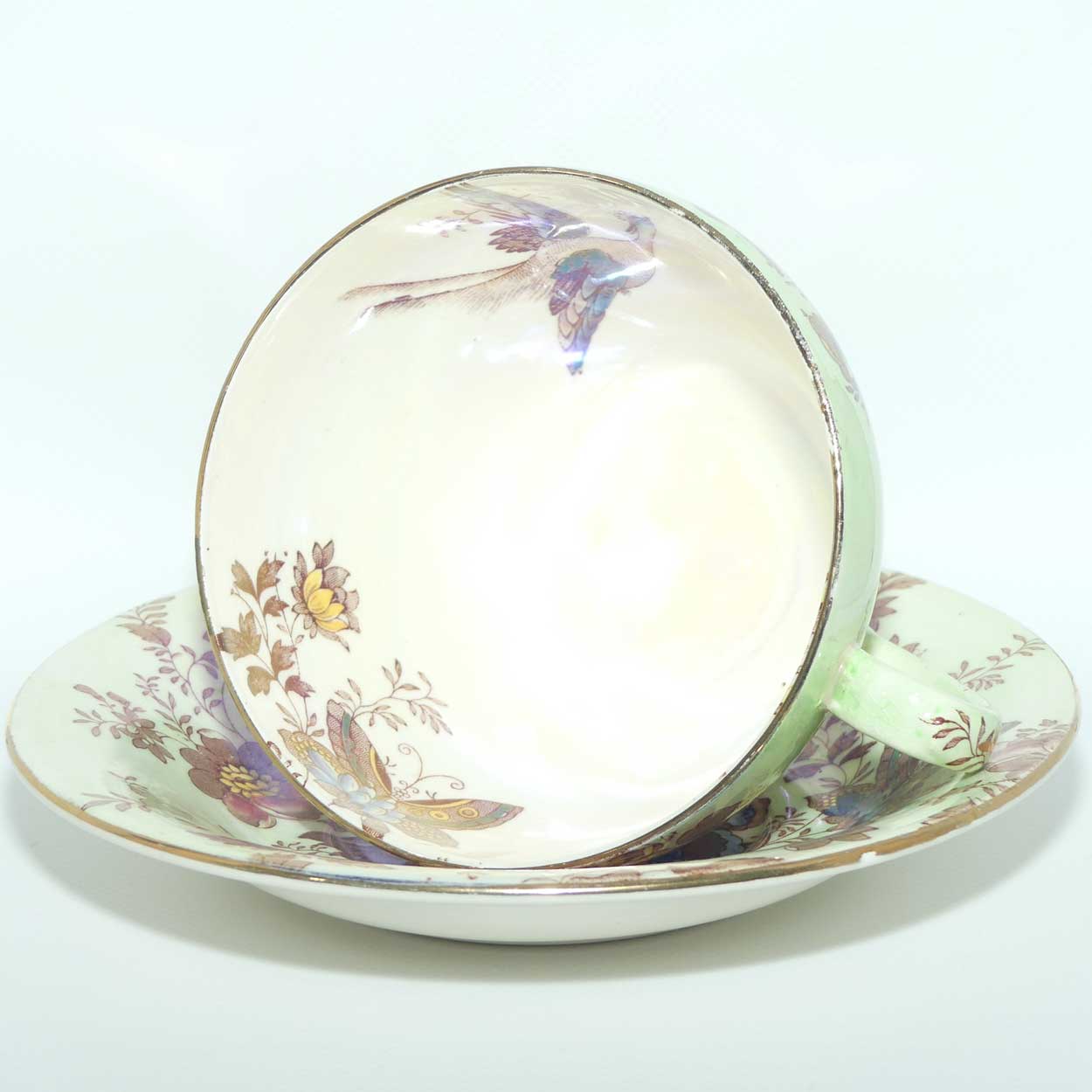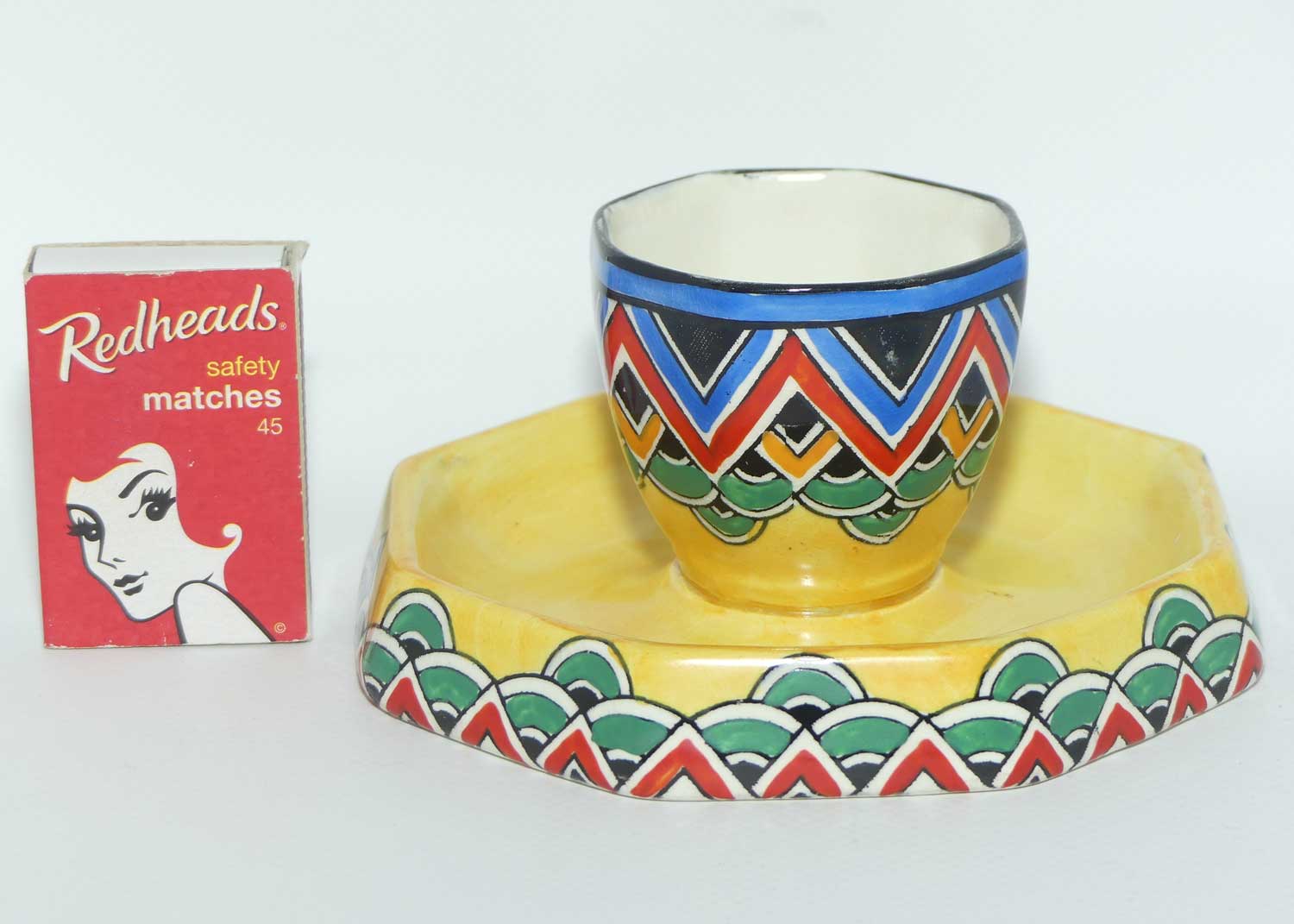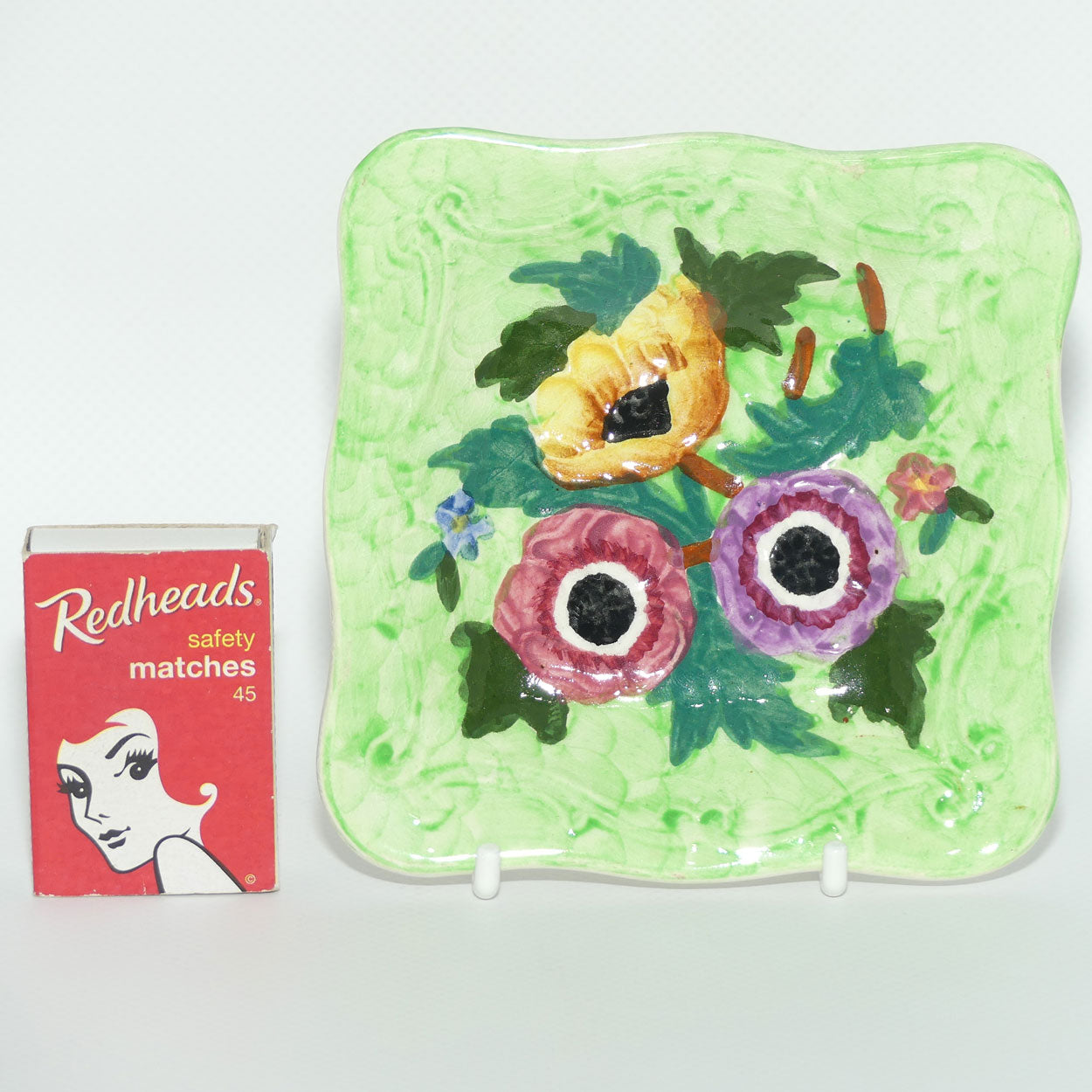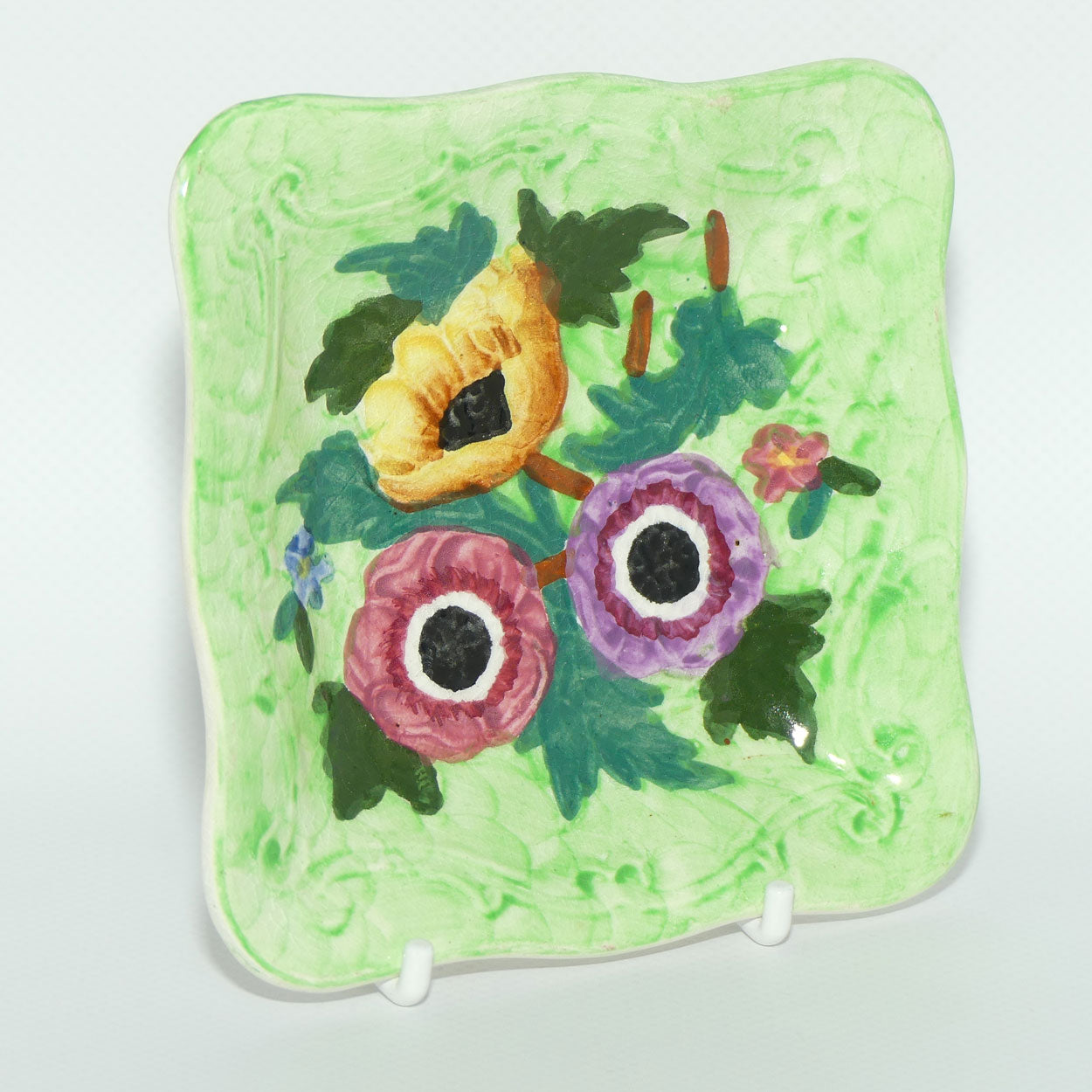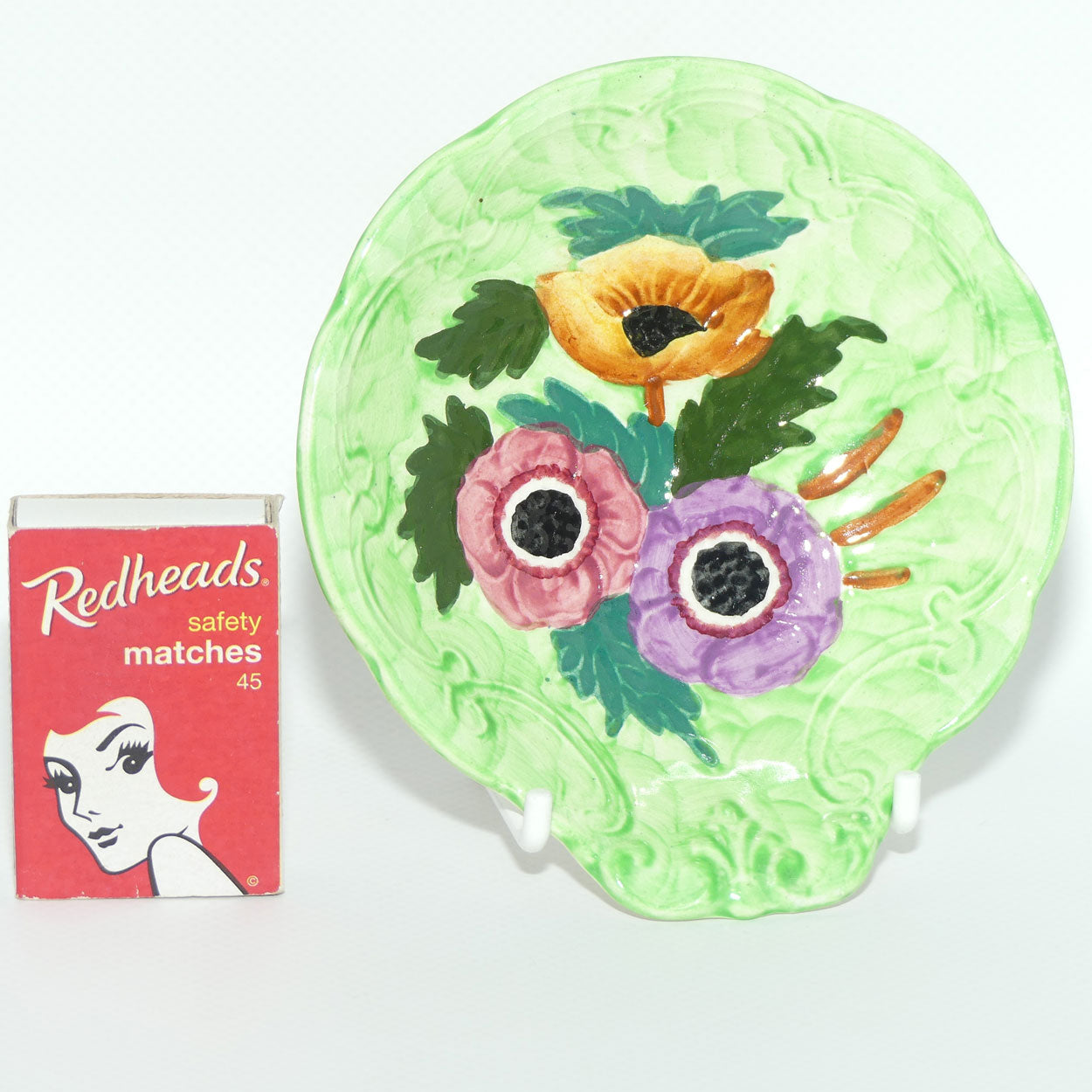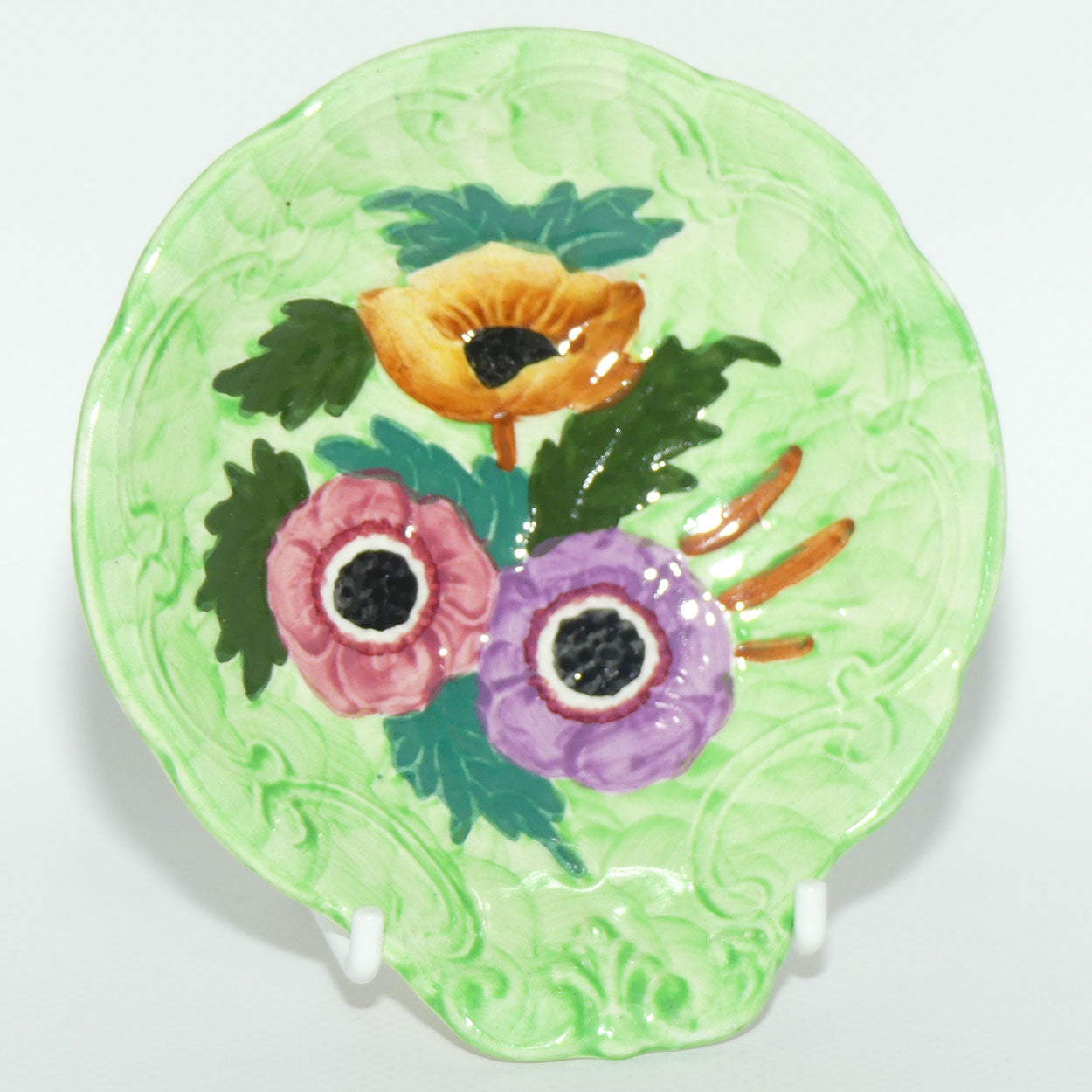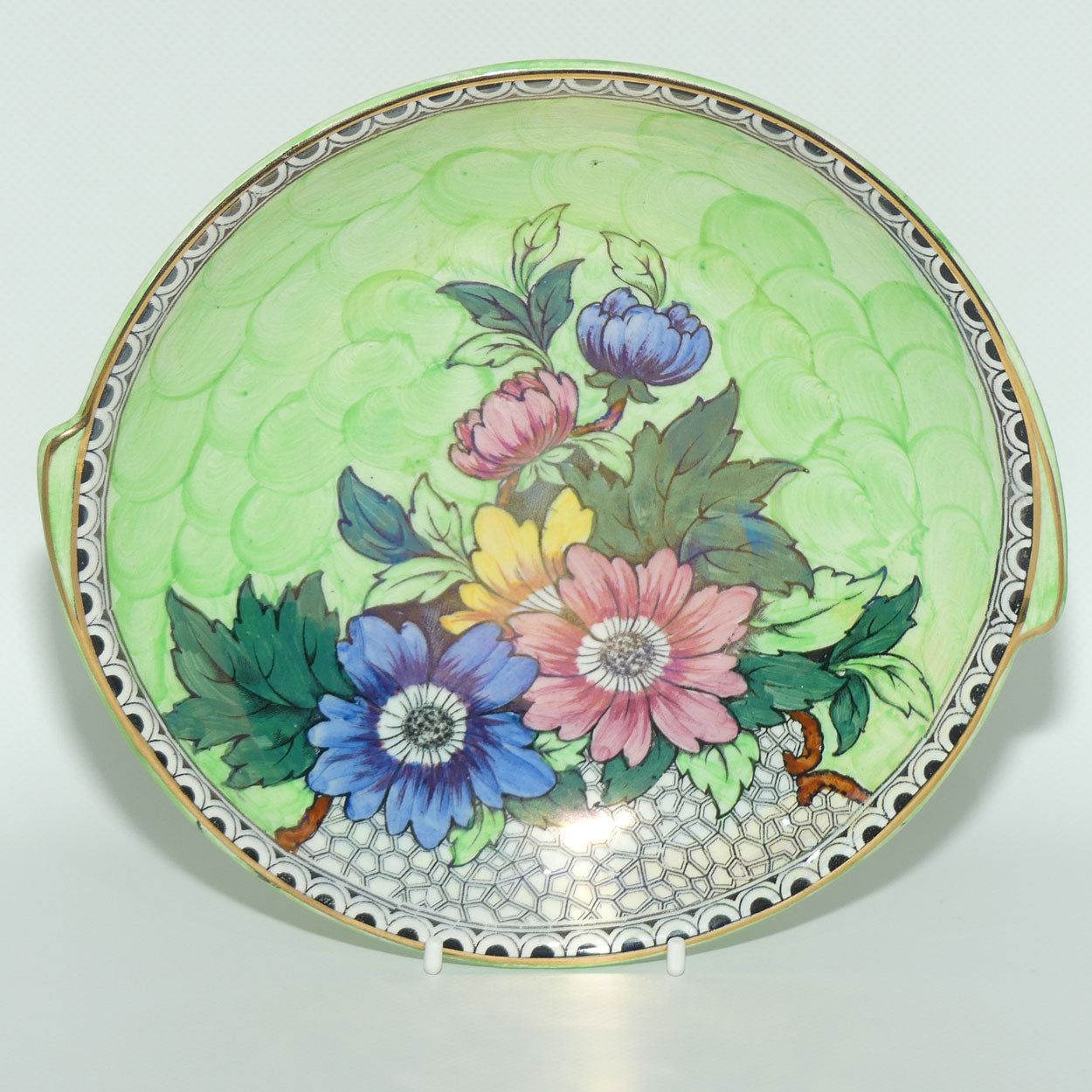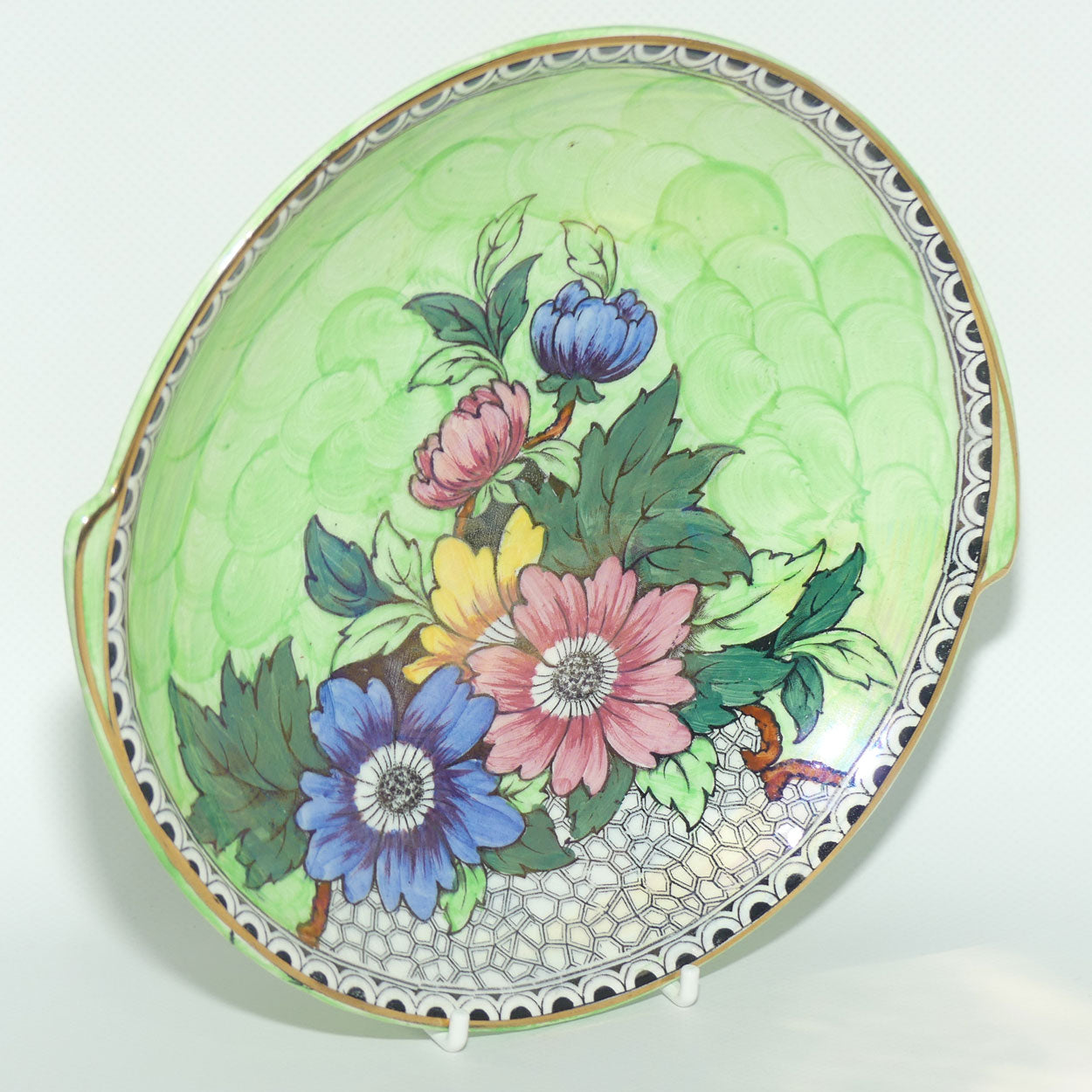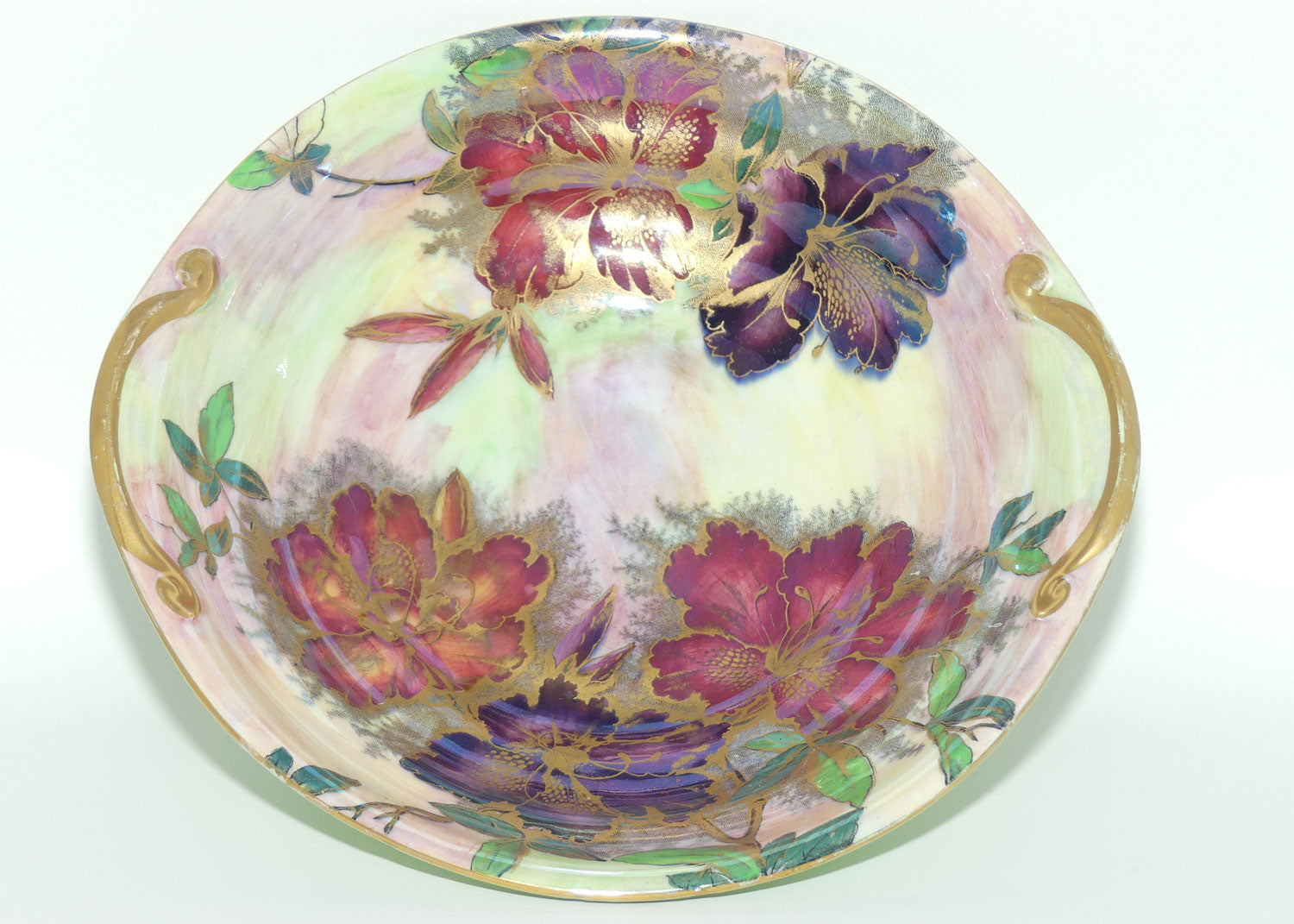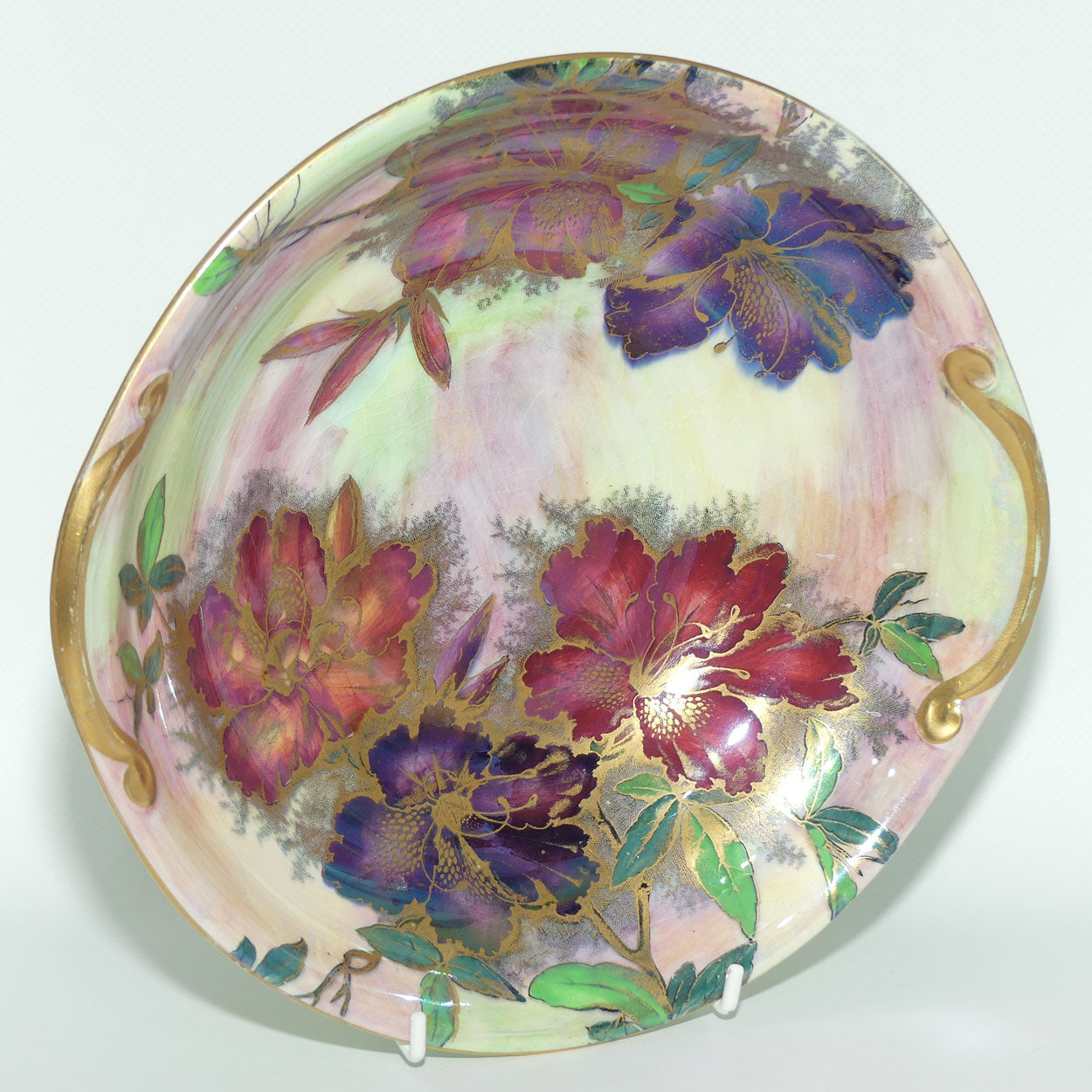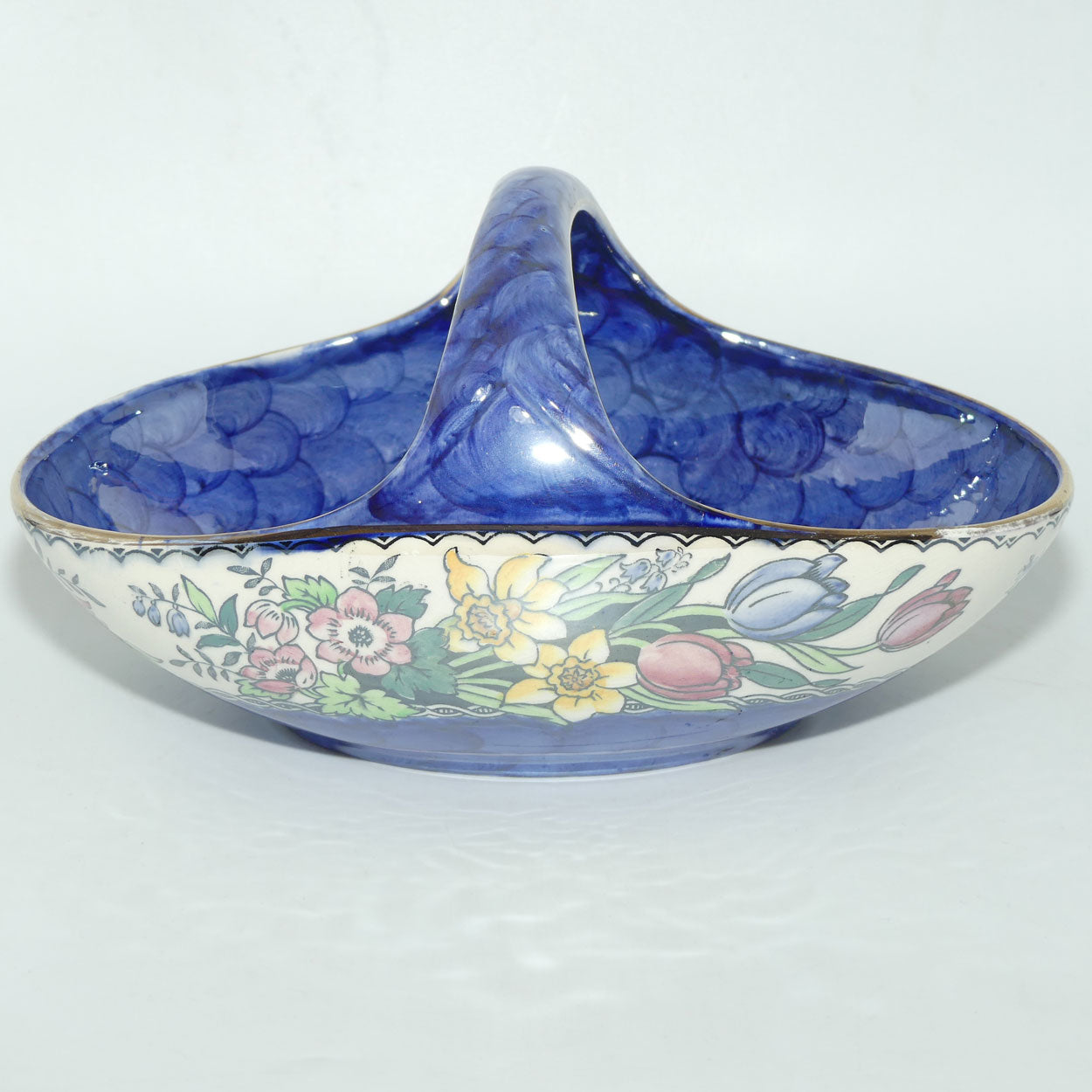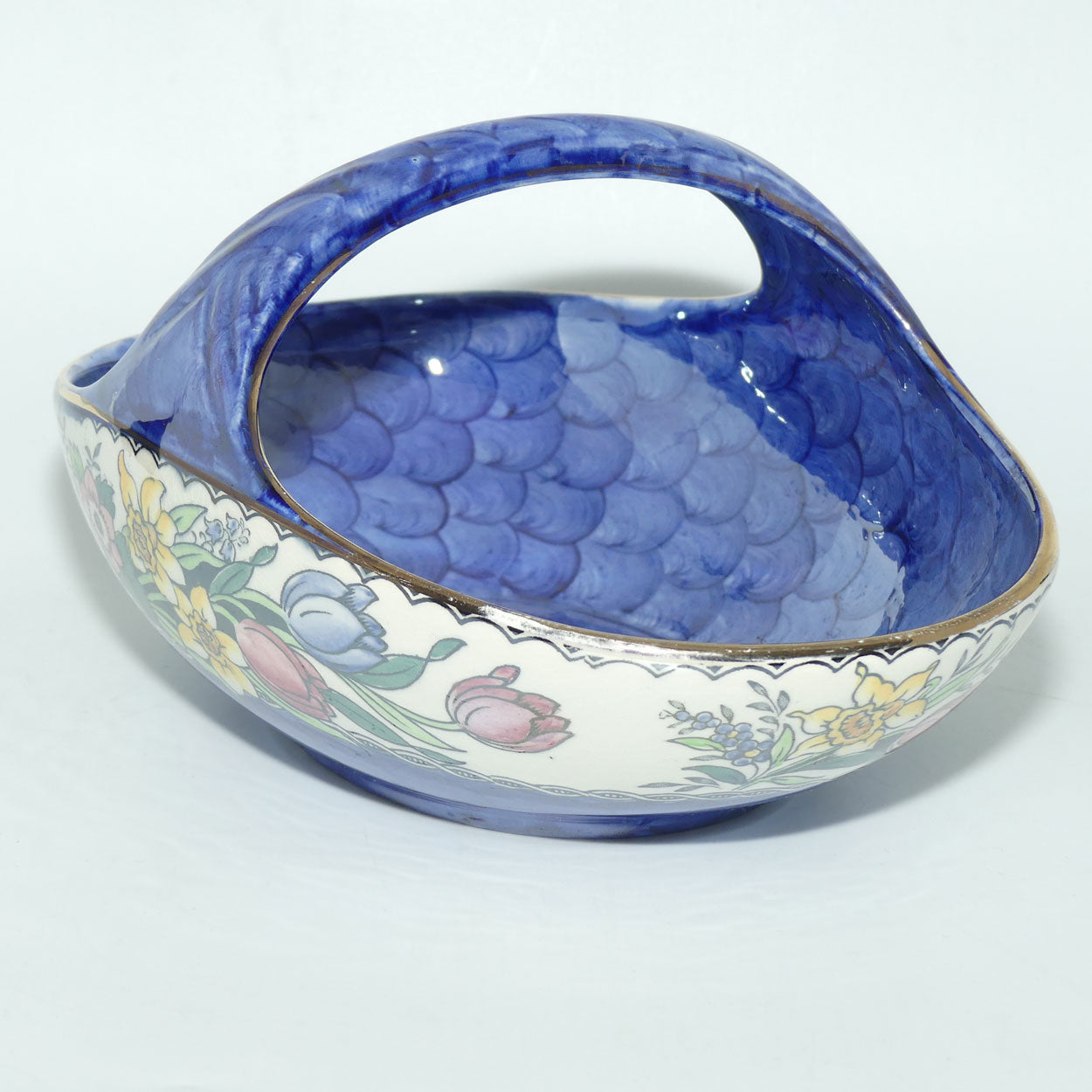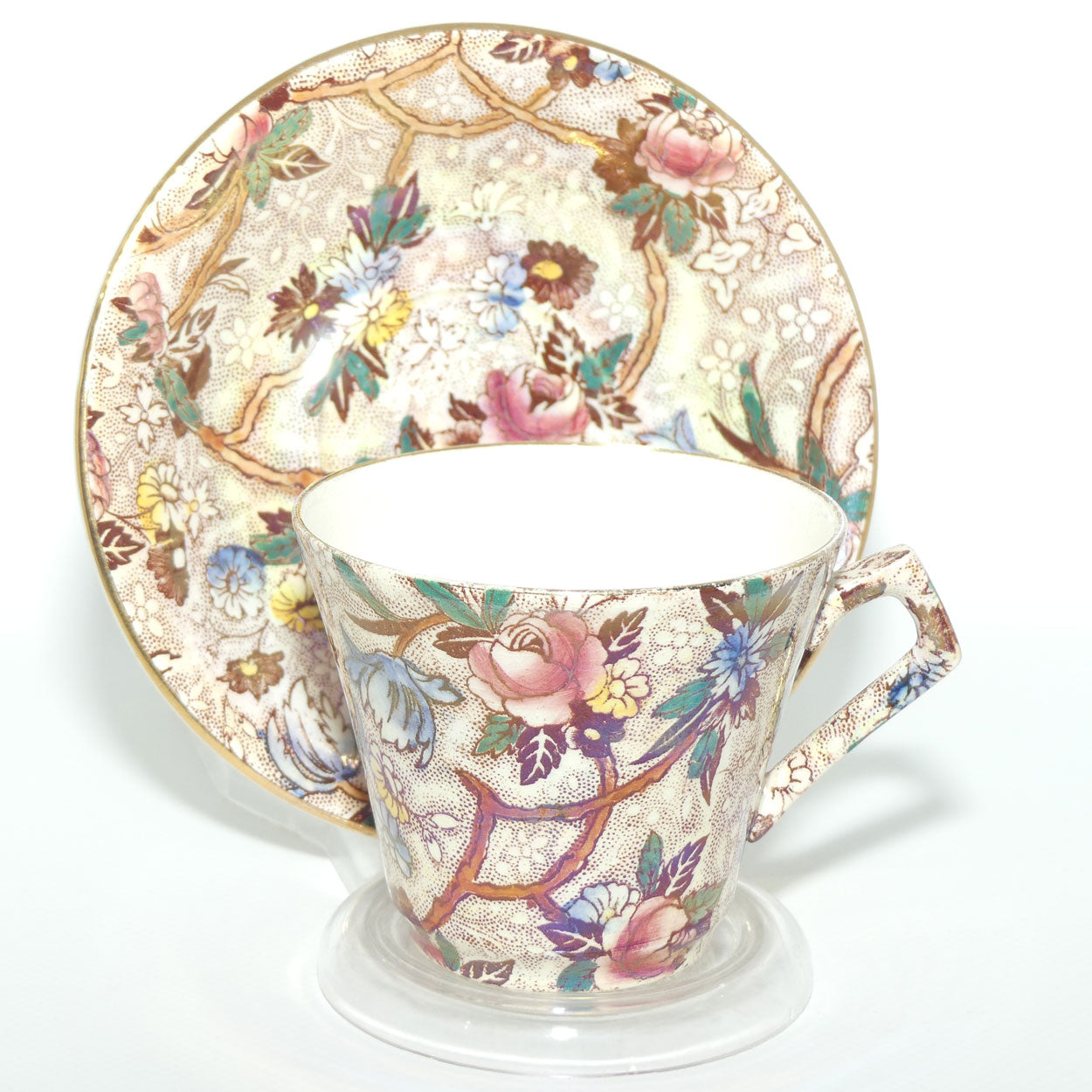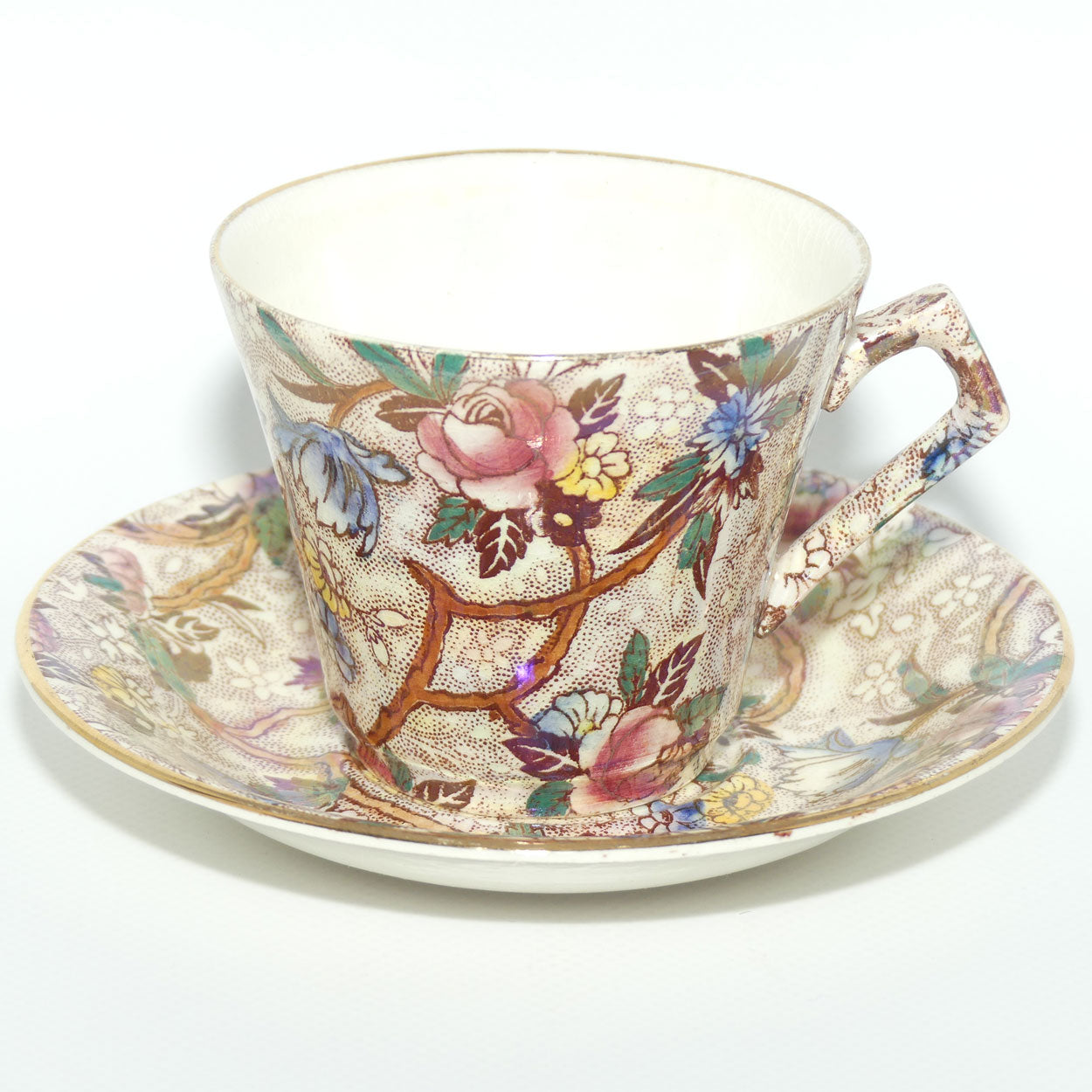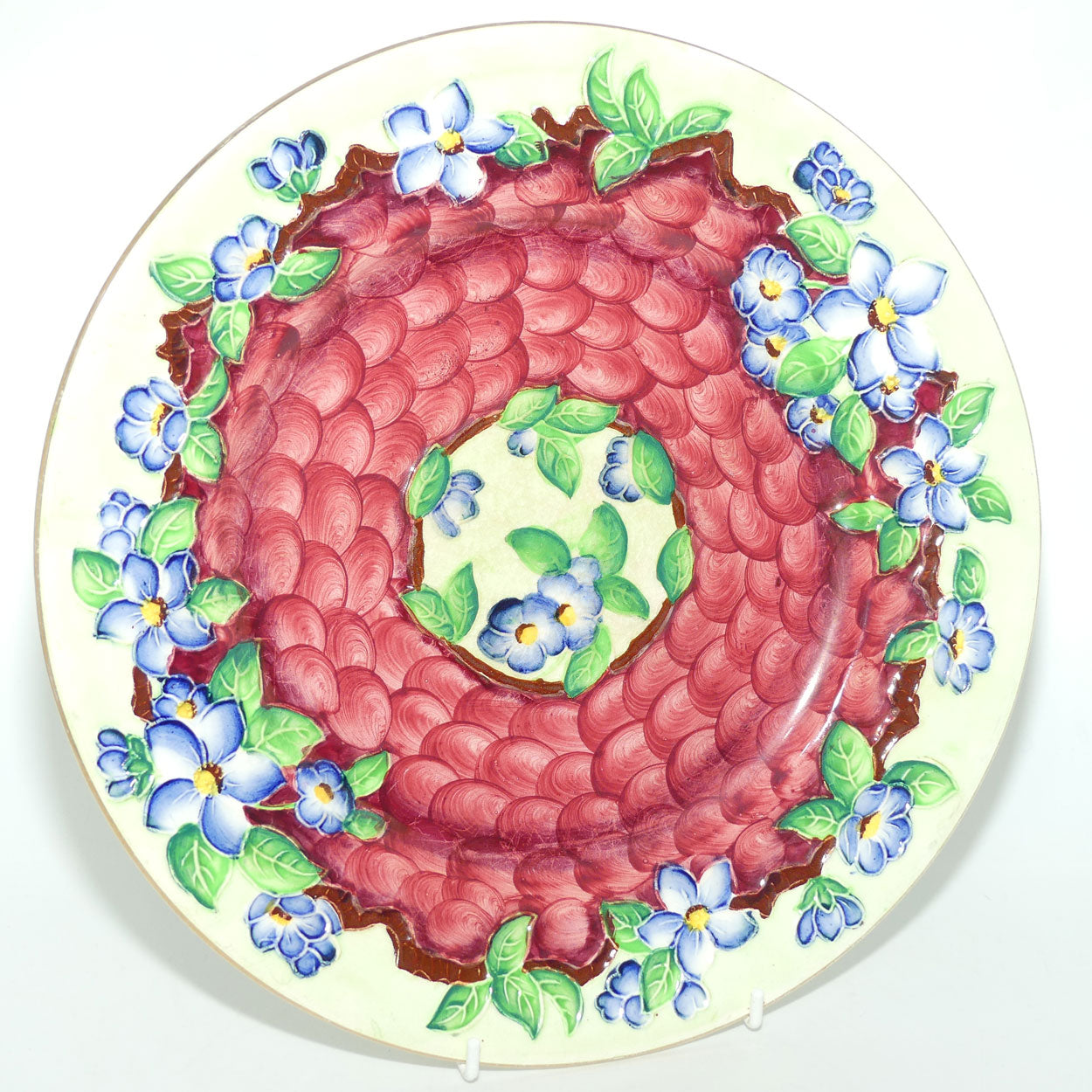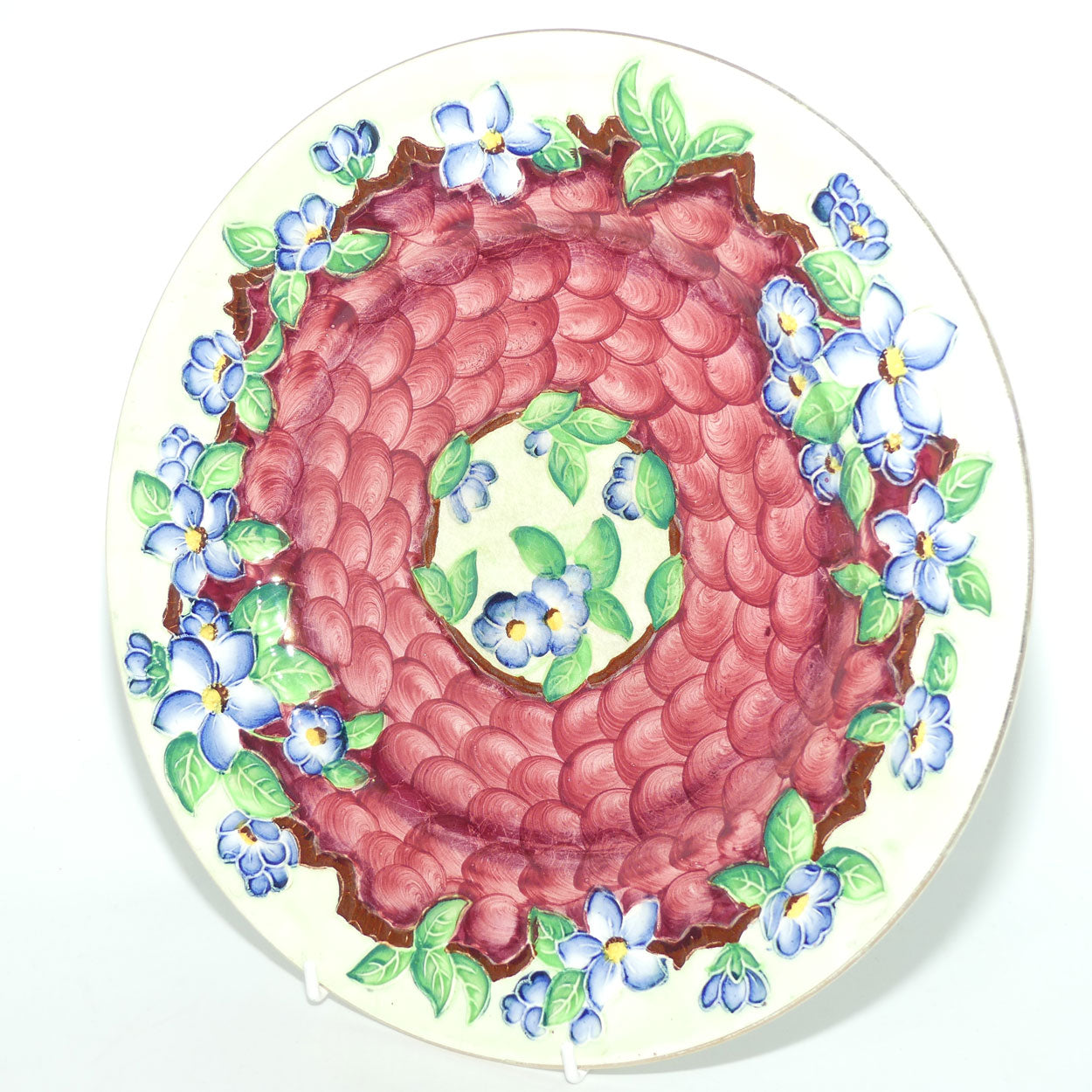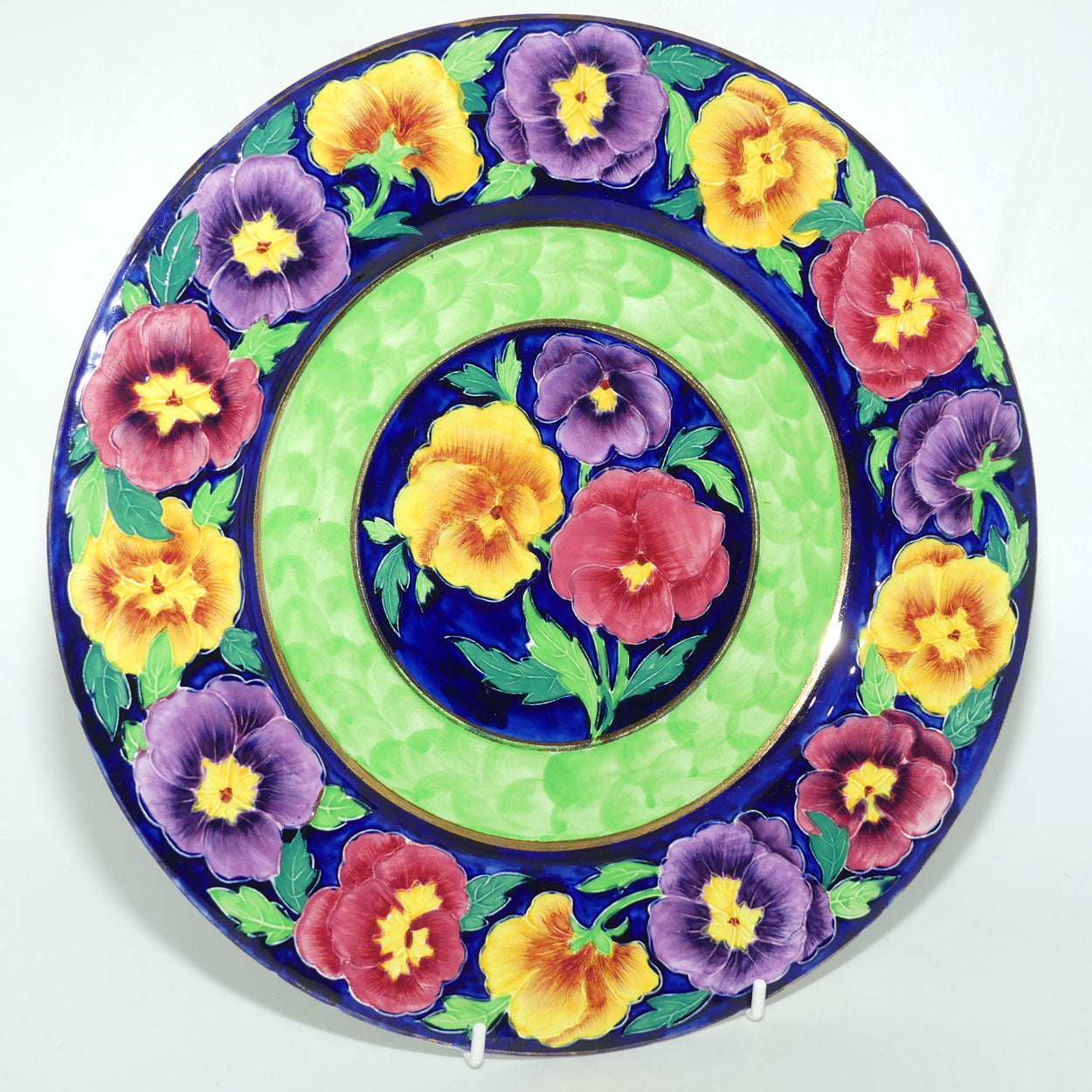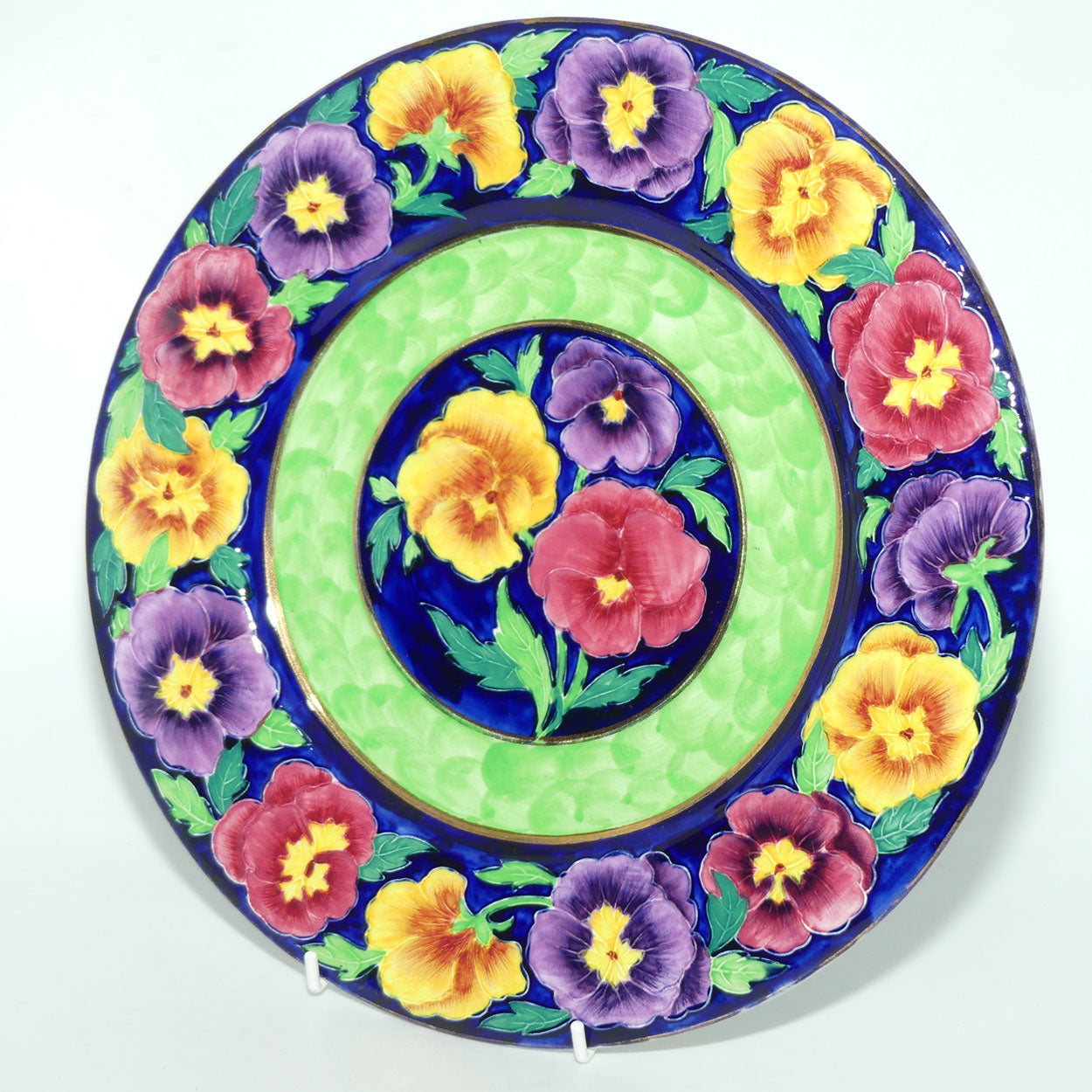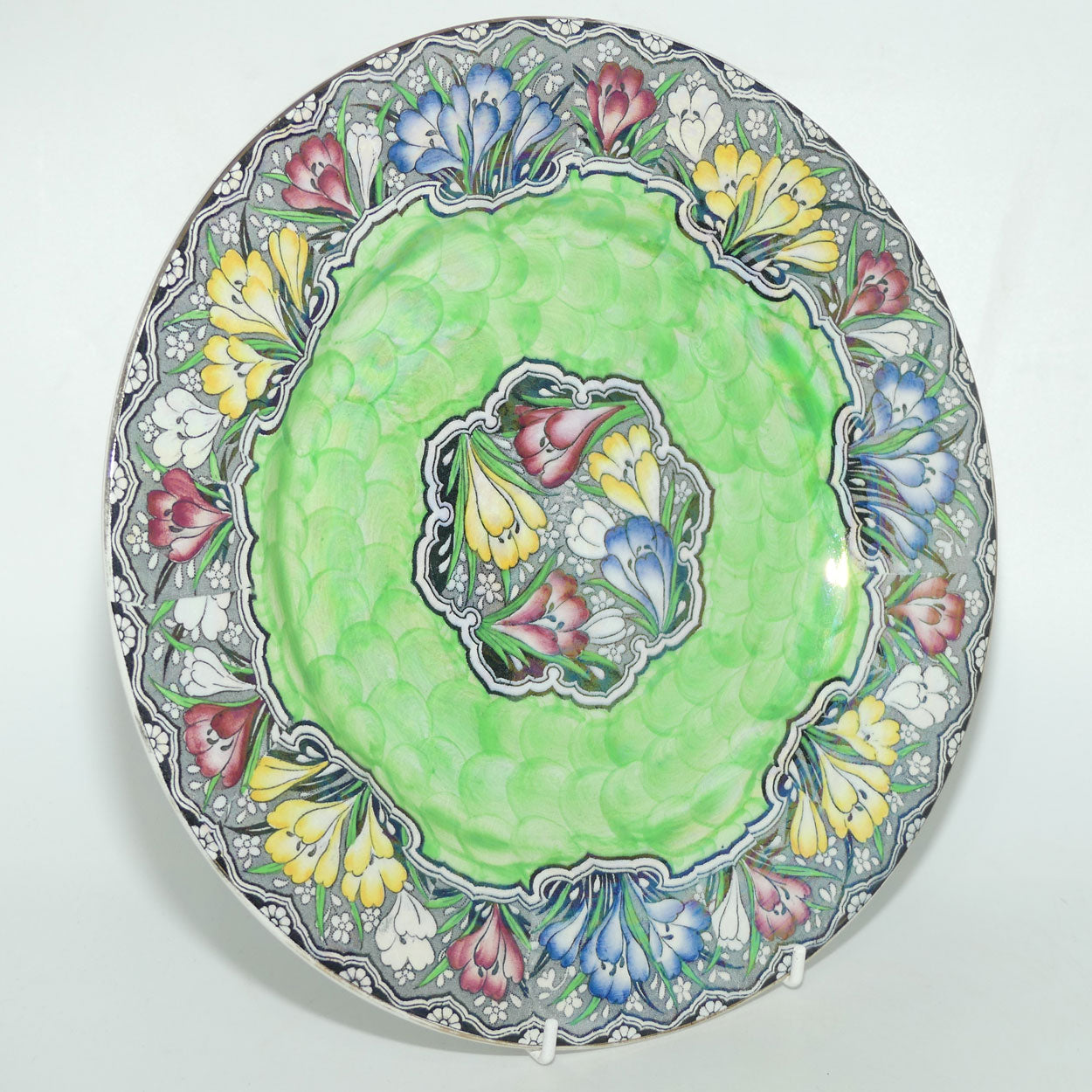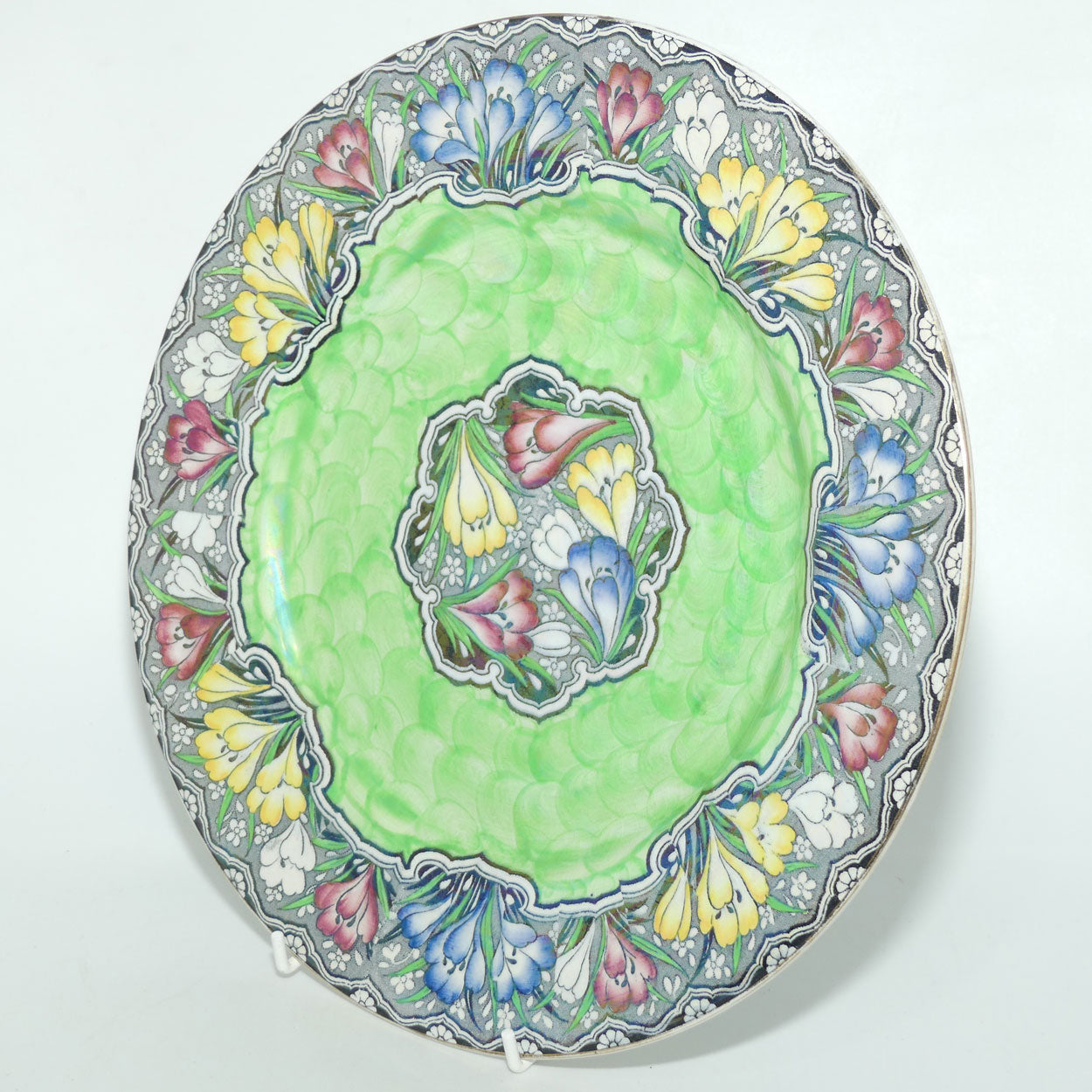A succession of designers was employed to take the pottery from the years of post-Victorian elegance through to Art Deco exuberance. By the 1920s Maling was producing over two hundred new designs a year in a successful attempt to meet the changing tastes of the British public. Many of these designs were from the hand of the father and son team Lucien Emile and Lucien George Boullemier. Both had been recruited from the Staffordshire potteries.
1924 saw the reintroduction of the Maling name which was used simultaneously with Cetem until the latter was dropped in the early 1930s.
By the outbreak of war, the Maling family members who had been directly involved in running the pottery were deceased and the business was in the hands of trustees. After the war the pottery came into the hands of new owners, the Hoult family. Although investment was made, the scale of operations was reduced, with fewer staff having to put up with a downsized working area. In a slow spiral of decline fewer new patterns were introduced and fewer products sold.
Eventually, competition from more modern and streamlined potteries caused Maling to close in 1963. In two centuries it had produced over 16,500 patterns. Items ranged from simple kitchen wares such as pudding basins to highly gilded, lustred and enamelled pieces for display in fashionable homes.
Today an active collectors’ society exists to find and preserve what information still exists on this diverse British pottery.



